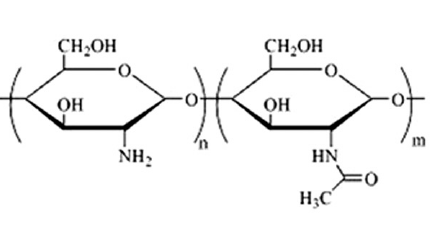Arginine – Cancer relation; an anti cancer treatment methodology

Tumor cells and healthy cells exhibit some distinct differences; for example, some tumor cells shut down unnecessary functionalities in order to use maximum energy for cell proliferation [arginine auxotrophy]. Such unnecessary actions include the synthesis of some amino acids, which can also be supplied by the external environment. The basic enzyme related to arginine production is Argininosuccinate synthase [ASS] and many alterations regarding its presence and functionality have been observed in tumor cells. Other significant enzymes include Argininosuccinate lyase [ASL], Ornithine Transcarbamylase [OTC] and arginase. Arginine falls into this category of amino acids that are termed ‘semi – essential’. Early studies have suggested that tumor growth was correlated to increased arginine uptake, and the idea of arginine starvation of the tumor cells was conceived.
Recently, a new approach for the starvation of tumor cells has been researched, by utilizing arginine deiminase [ADI] and arginase I in order to deplete arginine in those cells. Other enzymes could be potentially used in this process but specific requirements of optimal pH values, enzyme stability in vivo, and Km values rendered them inappropriate. Such enzymes include arginine decarboxylase, nitric oxide synthases, and others. The idea of arginine starvation had been tested before, with very promising results. Experimental works have successfully correlated lack of arginine with tumor reduction and extinction, for various tumor types. Mechanisms of anti tumor effects and counter actions are mostly known and understood. Mechanisms facilitating anti tumor activity include induction of cell cycle arrest, inhibition of angiogenesis, autophagy and apoptosis. Counter actions to arginine deprivation mechanisms include increased glycolysis, increased anti body production, and ASS1 re-expression.
New ways in cancer research are opened via the identification of potential use of arginine deprivation by specific means. New efforts should focus on clarifying the importance of various factors such as ADI origin of the anti tumor efficiency. Also, human arginase I exhibits very low enzymatic activity, thus it is expected to contribute in a minimum fashion to anti tumor activity. On the other hand, its delivery to patients in large quantities is extremely feasible. The other important field of ongoing research should be the creation of pathways that will inhibit resistance mechanisms to arginine deprivation. The re-expression of ASS1 reaches as high as 30%, effectively reducing the maximum potential efficiency of arginine deprivation. Instead of working on arginine deprivation enzymes and mechanisms, one would suggest that the work on the suppression of the known resistance mechanisms may offer greater improvements to anti tumor research.
